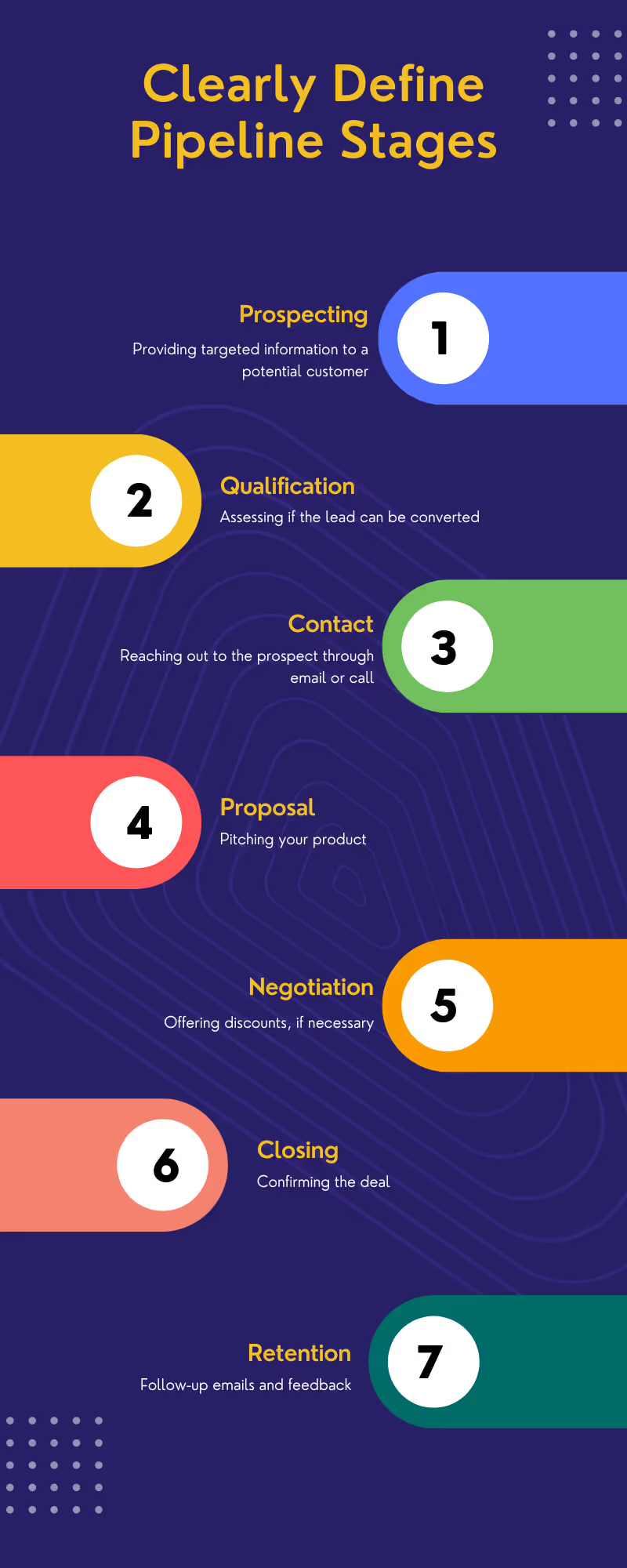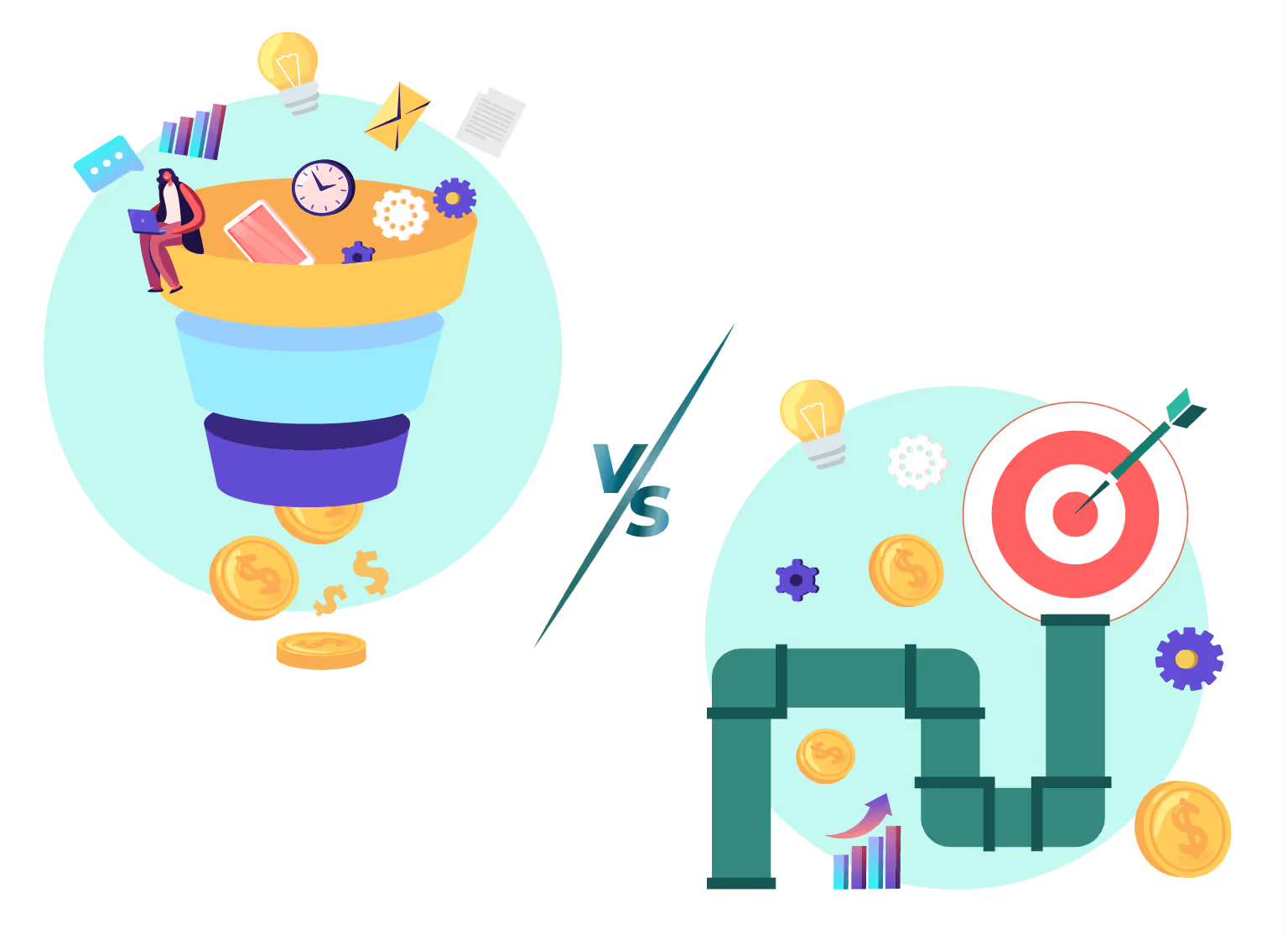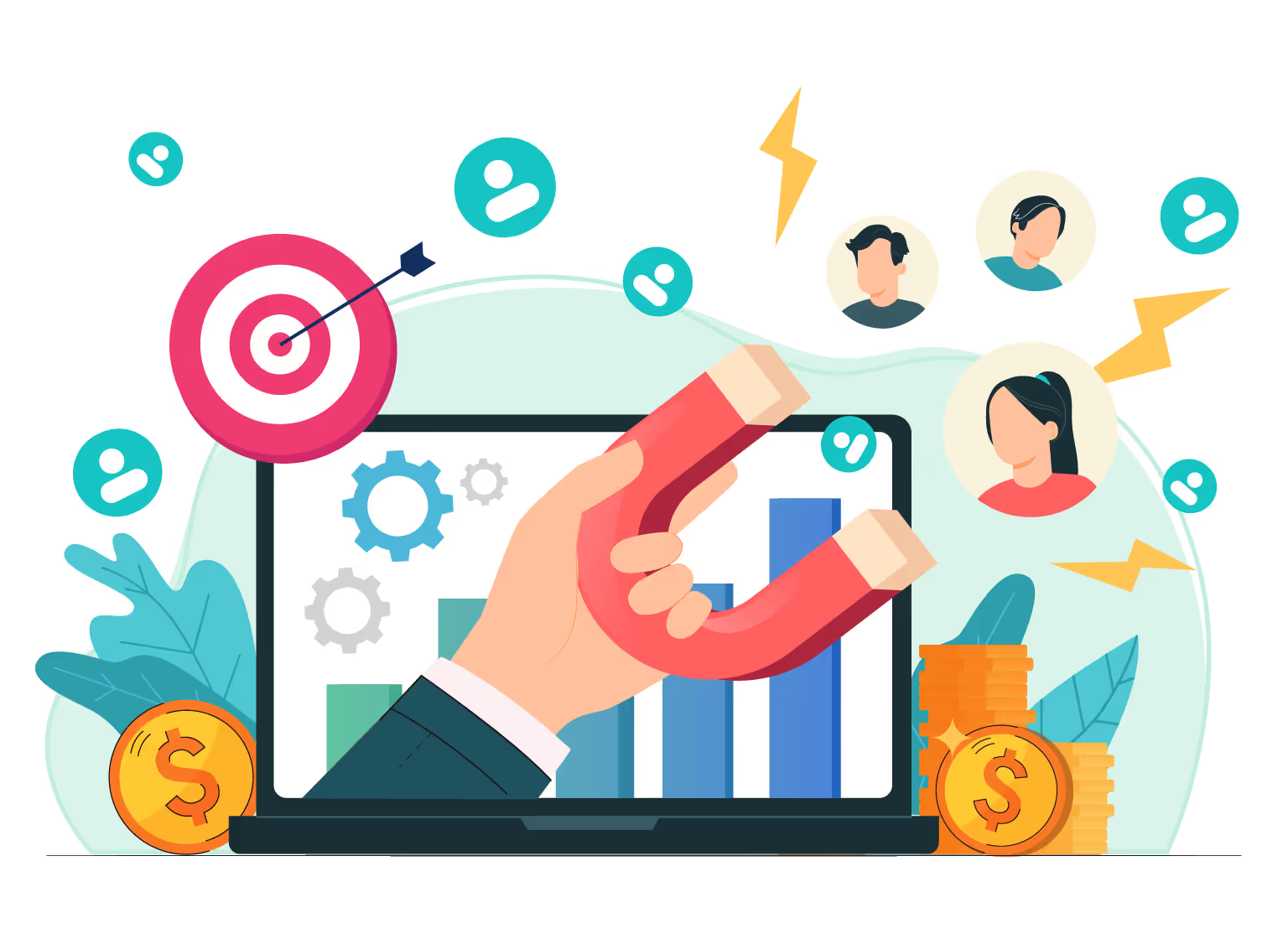
Blog
Sales in Motion: The Sales Pipeline
December 30, 2022


Key Insights
If you're a sales leader, you are aware that organizations today are more diverse than ever. So are their goals and processes. But, let’s talk about what’s common today! No matter what your organizational goals, the top priority for a sales leader is to find qualified sales leads and closing deals.
However, while emphasis has been placed on finding leads and closing deals, the sales process is a lot more than that. Managing and optimizing your sales pipeline is more crucial than ever! With more competition than ever before, it is important that sales managers and reps remain proactive. Therefore, an optimized sales pipeline is the only way to consistently generate reliable streams of new prospects.
.jpeg)
Think of the sales pipeline as a roadmap- a visual representation of the sales process. For a sales leader, the sales pipeline is also a pressing indicator of sales performance.
When properly analyzed, the sales pipeline can give you detailed insights into
- The interactions between your sales reps and the leads
- Sales rep behaviour at each stage
- The bottlenecks thaṭ may affect your deals
- Best practices that reps should stick to
However, there is a catch! Sales pipelines are valuable assets, but their efficacy hinges on diligent management. Sales pipeline management entails a dedicated effort to refine and streamline the sales pipeline at every stage, ultimately leading to the maximization of sales and revenue. Integral to this process is the active tracking of lead progress, aligning with the principles of Management by Objectives and emphasizing the importance of setting and achieving strategic sales goals to ensure long-term success.
Good sales pipeline management comes with a lot of benefits including-
- Higher sales and revenue
- More productive sales teams
- Shorter but more productive sales cycle
- Optimized buyer experience

Needless to say, businesses are more complex than ever before, making effective sales performance management crucial for success. So are sales pipelines! Pipelines today need to be seamlessly integrated into your overall sales strategy while making sure that certain KPIs are met. Ideally, these pipelines should also be supported by automation tools as well. Implementing a robust sales performance management system can significantly enhance the efficiency and productivity of the sales team, leading to better revenue growth. Utilizing tools like a revenue growth calculator ensures accurate planning and forecasting, enhancing overall sales strategy effectiveness.
Here’s a short list of pipeline management tips that you can use to generate better leads and in turn speed up your sales cycle, maximise revenue and optimize buyer experience
Manage how leads are generated

Before taking over the strenuous task of defining your pipeline, optimize your company’s lead generation process. Lead generation is the most crucial factor for a healthy pipeline. Ensure that your marketing and sales teams can distinguish between a random lead and a qualified lead.
Remember that customer behaviour has changed a lot in the last couple of years. They are more difficult to sell to, they have very little time to listen to reps and more often than not, they are tired of sales pitches. Reaching people on the channels that they prefer, generating customized messages and establishing personal relationships is more important than ever.
Some of the ways in which you can get qualified leads are-
- Reevaluate cold calling scripts, emails and DM templated
- Create engaging content that is aimed at answering common questions
- Develop a strong SEO strategy
- Integrate CRM and sales data
An active lead generation strategy will place equal focus on nurturing leads as well. Sales reps with a winning mindset,a buyer-centric approach and well documented buyer profiles are the prerequisites.
Engage with Marketing to better understand your buyers
Guesswork just won’t cut it! Having an accurate understanding of your target audience helps greatly in optimizing your leads. If your sales reps want to engage customers on an emotional level, they need to understand their apprehensions and preferences. Therefore, strong communication between your sales and marketing departments is essential.
Given that most customers these days are savvy, social media selling is the go-to strategy. Clearly distinguishing a sales qualified lead and a marketing qualified lead is also a great way to organize prospects.
Clearly define pipeline stages

Dividing the pipeline can be one way to accurately track progress and make correct forecasts. For example, the pipeline can be divided this way-
- Prospecting: Providing targeted information to a potential customer
- Qualification: Assessing if the lead can be converted
- Contact: Reaching out to the prospect through email or call
- Proposal: Pitching your product
- Negotiation: Offering discounts, if necessary
- Closing: Confirming the deal
- Retention: Follow-up emails and feedback
When used strategically, sales pipelines, in conjunction with a Sales Pipeline calculator, can encourage reps to perform better by providing accurate feedback. These pipelines serve as effective tools for course correction, especially when sales figures fall below the margin or when the organization aims to increase sales figures. Therefore, it is crucial to ensure that your sales pipelines are optimized for maximum efficiency and effectiveness.
ReKennect : Stay ahead of the curve!
Subscribe to our bi-weekly newsletter packed with latest trends and insights on incentives.
Thank you! Your submission has been received!
Oops! Something went wrong while submitting the form.
Your data is in safe hands. Check out our Privacy policy for more info















